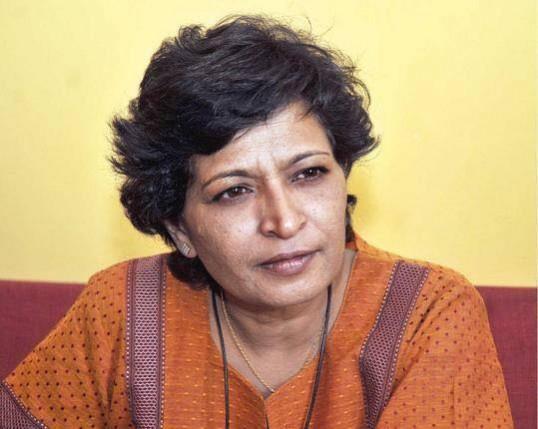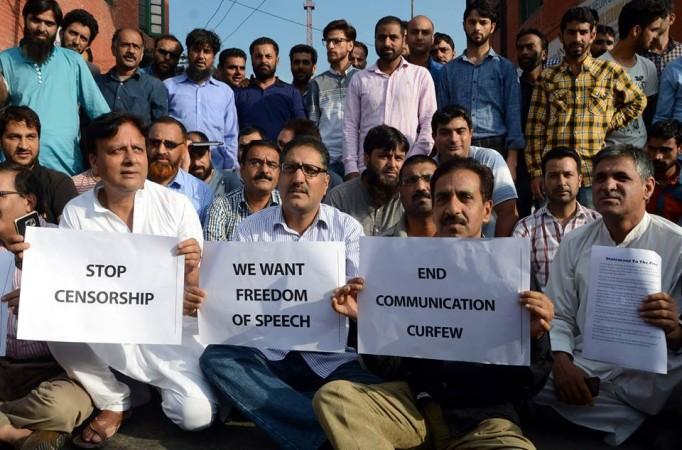The murder of renowned journalist Gauri Lankesh by unidentified gunmen on Tuesday in Bengaluru's Rajarajeshwari Nagar, has once again raised questions on freedom of press in India. According to the Impunity Index by Committee to Protect Journalists (CPJ), 13 journalists had been killed in the country from 2016. All the murders remain unsolved still.
The death of Lankesh has drawn quick parallels with the murder of Kannada scholar MM Kalburgi two years ago. Death of Lankesh, a relentless critic of communalism and right-wing extremism, has triggered an outrage all over the country. It also sparked lot of speculations regarding the perpetrators behind it and their motive.
It is too early to jump into conclusion on the motive behind the murder of Lankesh. However, the disturbing similarities in the murders of Lankesh and Kalburgi are too loud to forgo. It is also quite difficult to overlook the fact that journalism and free speech are increasingly being targetted. And that India remain unsafe for journalists who refuse to compromise. And it is not the first time, attempts are being made to silence dissent.

Press Freedom in India
The 2017 World Press Freedom report by Reporters Without Borders ranked India at136 out of 192 countries. The organisation gave the ranking based on the amount of freedom enjoyed by journalists in each country. "Journalists are increasingly the targets of online smear campaigns by the most radical nationalists, who vilify them and even threaten physical reprisals," the report said.
Prosecution is often used to gag journalists who are critical of the government. Some prosecutors even invoke sedition charges. This threat forces the journalists to take up self-censorship as the sedition charges include lifetime imprisonment, the website of Reporters Without Borders said.
Freedom House, which calls itself an independent watchdog dedicated to the expansion of freedom and democracy around the world, clearly states that there is a rising concern among bloggers and social-media acvitists about the harassment by Hindu nationalists.
Journalists often face physical violence and harassment. In 2016, two journalists were murdered in connection to their work. The motive behind the murder of another three media persons is not yet known, the Scroll quoted a report by the Committee to Protect Journalists (CPJ).

On Impunity
The committee report further says that as many as 40 journalists were killed in India since 1992. It also claims that 27 were targeted for murder and 26 were killed with impunity.
CPJ's Impunity Index measures the number of unsolved journalist murders in a decade as a percentage of each country's population. It only includes countries having five or more cases in the index. The detailed report reveals that 13 journalists were killed in the last decade with impunity. They included small-town reporters who covered local stories on corruption, crime and politics.
Reporting turns dangerous
In May, media watchdog The Hoot had released a report on India's press freedom and pointed out that between January 2016 and April 2017 there were 54 attacks on journalists. Three television channels were banned in this period and 45 sedition cases filed against individuals and groups.
The report further speaks of various other renowned journalists like Gauri Lankesh, who were involved in investigative work. Highlighting the fact that these cases bring out "clear and persistent pattern," the report further added that investigative reporting was becoming dangerous.
It is still unknown whether Lankesh's murder was directly connected to her work. But the manner in which the outspoken journalist was killed and the common strain connecting it with other such killings in the recent past, portend danger for journalism and free speech.

















